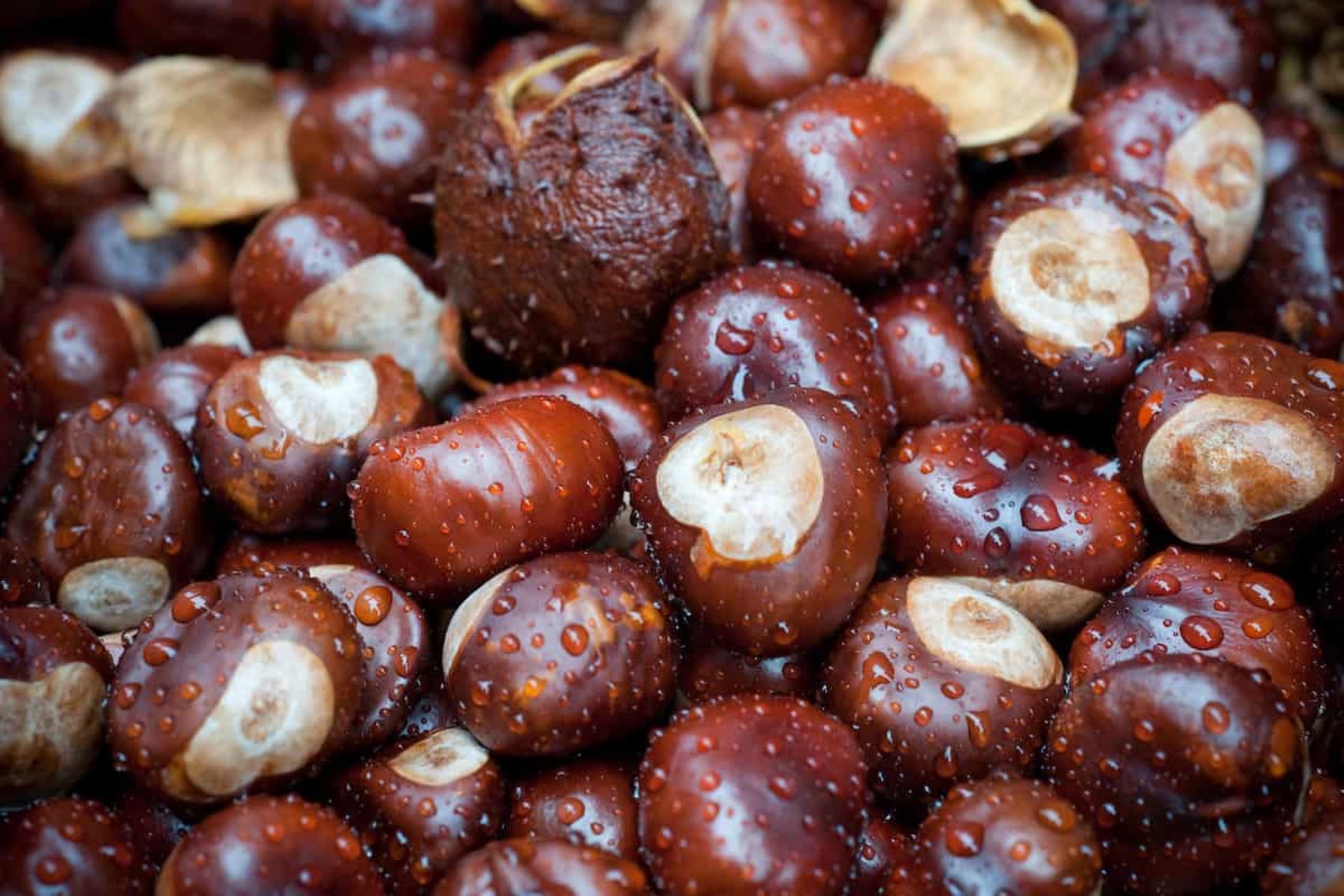

Articles
How To Store Water Chestnuts
Modified: February 22, 2024
Learn how to store water chestnuts effectively with these informative articles. Discover the best methods for preserving their freshness and flavor.
(Many of the links in this article redirect to a specific reviewed product. Your purchase of these products through affiliate links helps to generate commission for Storables.com, at no extra cost. Learn more)
Introduction
Water chestnuts are a delicious and versatile ingredient used in various cuisines around the world. These small, crunchy tubers are known for their unique flavor and the delightful texture they add to dishes. Whether you enjoy them in stir-fries, soups, or salads, it is important to know how to properly store water chestnuts to maintain their freshness and quality.
In this article, we will explore the best methods for storing water chestnuts to ensure they stay delicious for as long as possible. From selecting fresh water chestnuts to proper washing and preparation techniques, as well as tips for extending their shelf life, we’ve got you covered!
So, let’s dive in and discover the secrets to storing water chestnuts like a pro!
Key Takeaways:
- Properly selecting, washing, and storing water chestnuts can help maintain their freshness and unique texture, whether stored in the pantry, refrigerator, or freezer. Enjoy their delightful crunch in various dishes for an extended period.
- By following recommended storage methods, such as regular inspections, FIFO practice, and proper handling, you can maximize the shelf life of water chestnuts and savor their delectable taste in culinary creations.
Read more: How To Store Chestnuts
Understanding Water Chestnuts
Water chestnuts, also known as singhara or water caltrops, are aquatic plants with edible tubers that resemble chestnuts. They are native to Southeast Asia and are widely cultivated for their nutritious and crunchy texture. Despite their name, water chestnuts are not nuts but rather corms, which are underground swollen stems that store nutrients.
These nutritious root vegetables are low in calories and fat but rich in fiber, potassium, and antioxidants. They have a mild, slightly sweet flavor with a refreshing, crisp texture. Water chestnuts are commonly used in Asian cuisines, particularly in Chinese, Thai, and Vietnamese dishes, where they add a delightful crunch and unique taste to various recipes.
Apart from their culinary uses, water chestnuts also offer various health benefits. They are known to improve digestion, boost the immune system, and promote healthy skin. Additionally, their high fiber content can help regulate blood sugar levels and promote heart health.
When it comes to selecting water chestnuts, you have a few options. Fresh water chestnuts can be found in some supermarkets and Asian grocery stores, especially during the harvest season. Alternatively, you can also find canned or jarred water chestnuts, which are readily available year-round.
Now that we’ve gained a deeper understanding of water chestnuts and their nutritional value, let’s move on to exploring the best methods for selecting fresh water chestnuts to ensure the highest quality in our dishes.
Selecting Fresh Water Chestnuts
When it comes to selecting fresh water chestnuts, there are a few key factors to consider to ensure you choose the best quality ones. Here are some tips to help you pick the freshest water chestnuts:
1. Look for firm and plump tubers: Fresh water chestnuts should feel firm to the touch and have a plump appearance. Avoid ones that are soft, mushy, or have wrinkled skin, as these are signs of deterioration.
2. Check for a smooth skin: The skin of the water chestnuts should be smooth and free from any blemishes or dark spots. Avoid purchasing ones with cracks or discoloration as it may indicate damage or poor quality.
3. Choose smaller to medium-sized chestnuts: Smaller to medium-sized water chestnuts are usually more tender and have a sweeter flavor compared to larger ones. They are also easier to peel and prepare.
4. Look for fresh green tops: Fresh water chestnuts often have green tops or stems attached to them. These tops should be vibrant and not wilted or yellowing. The presence of green tops indicates that the water chestnuts are recently harvested and will be fresher.
5. Consider the weight: Fresh water chestnuts should feel heavy for their size. This indicates that they are moist and haven’t dried out.
6. Trust your senses: Give the water chestnuts a gentle squeeze and listen for any squeaking sound. This is a good indication that they are crispy and full of moisture. Additionally, take a whiff and ensure there are no foul odors. Fresh water chestnuts should have a mild, earthy scent.
By following these tips, you can ensure that you select the freshest and highest-quality water chestnuts for your culinary adventures. Once you’ve picked your perfect water chestnuts, it’s time to prepare and store them properly to maintain their freshness and flavor.
Washing and Preparing Water Chestnuts
Before storing water chestnuts, it is crucial to properly wash and prepare them to remove any dirt or impurities. Follow these steps to ensure your water chestnuts are clean and ready to be stored or used in your favorite recipes:
1. Start by rinsing the water chestnuts under cool running water. Gently scrub the skin using a vegetable brush to remove any dirt or debris that may be stuck to the surface.
2. Once the water chestnuts are clean, it’s time to peel them. Use a paring knife to carefully slice off the top and bottom of each water chestnut. Then, make a shallow incision along the side and gently peel off the skin. Repeat this process for all the water chestnuts.
3. Some water chestnuts may have a tough outer layer called the “testa.” If you encounter any water chestnuts with this layer, remove it by gently rubbing it off after peeling.
4. Once peeled, rinse the water chestnuts again to remove any small pieces of skin or residue.
5. After washing and peeling, you can either use the water chestnuts immediately or proceed with storing them based on your preferred method, which we will discuss in the following sections.
Remember, if you’re not planning to use the water chestnuts right away, it’s essential to store them properly to retain their freshness and texture. Let’s explore the different storage methods for water chestnuts next, including storing them in the pantry, refrigerator, or even freezing them for longer-term use.
Storing Water Chestnuts in the Pantry
If you plan to use your water chestnuts within a few days and prefer to keep them at room temperature, storing them in the pantry is a suitable option. Here’s how to store water chestnuts in the pantry:
1. Ensure the water chestnuts are completely dry before storing them. Excess moisture can cause them to spoil quickly. Pat them dry with a clean kitchen towel or paper towels.
2. Once dry, place the water chestnuts in a breathable container such as a mesh bag or a paper bag. Avoid using airtight containers as it can trap moisture and lead to mold or rot.
3. Find a cool, dry, and well-ventilated area in your pantry to store the water chestnuts. A dark corner away from direct sunlight is ideal.
4. Check on the water chestnuts occasionally to ensure they are staying fresh and free from any signs of spoilage. Remove any rotten or shriveled ones immediately to prevent them from contaminating the rest.
5. Water chestnuts stored in the pantry can typically stay fresh for up to a week, depending on their initial freshness and storage conditions. It’s best to use them as soon as possible for the best taste and texture.
Remember that room temperature storage is suitable for short-term use. If you won’t be consuming the water chestnuts within a week or prefer to extend their shelf life, it’s recommended to store them in the refrigerator for longer freshness. Let’s explore the proper methods for refrigerating water chestnuts next.
Store water chestnuts in a cool, dark place, such as a pantry or cellar. Keep them in a mesh or perforated bag to allow for air circulation and prevent moisture buildup. Check regularly for any signs of spoilage.
Read more: How To Store Chestnuts In Shell
Storing Water Chestnuts in the Refrigerator
If you want to extend the shelf life of your water chestnuts and keep them fresh for a longer period, storing them in the refrigerator is the way to go. Follow these steps to store water chestnuts in the refrigerator:
1. After washing and preparing the water chestnuts, ensure they are completely dry before storing them. Use a clean kitchen towel or paper towels to pat them dry.
2. Place the dry water chestnuts in a perforated plastic bag or a vegetable storage bag. These bags allow for proper air circulation and prevent excess moisture buildup.
3. Before sealing the bag, squeeze out any excess air and close it tightly. Alternatively, you can use a resealable plastic container with a tight-fitting lid.
4. Store the bag or container in the refrigerator’s crisper drawer. This compartment helps maintain a slightly higher level of humidity, which is beneficial for storing water chestnuts.
5. Keep the refrigerator temperature between 32°F (0°C) and 40°F (4°C) to preserve the freshness and quality of the water chestnuts. Avoid storing them near foods with strong odors, as water chestnuts can absorb odors easily.
6. Periodically check on the water chestnuts and remove any spoiled or rotten ones to prevent them from affecting the others.
When stored properly in the refrigerator, water chestnuts can stay fresh for up to two weeks. However, it’s always best to consume them as soon as possible for optimal taste and texture. If you don’t plan to use them within two weeks or want to store them for an extended period, freezing is a great option. Let’s explore how to freeze water chestnuts next.
Freezing Water Chestnuts
Freezing water chestnuts is an excellent way to preserve them for a longer period, allowing you to enjoy their crispness and flavor even months after purchase. Follow these steps to freeze water chestnuts:
1. Start by preparing the water chestnuts by washing, peeling, and rinsing them thoroughly. Ensure they are completely dry before proceeding to the next step.
2. Cut the peeled water chestnuts into your desired shape or size. You can slice them, dice them, or leave them whole, depending on your preference and future usage.
3. Blanching is a recommended step before freezing water chestnuts. Blanching helps preserve their texture and color. Bring a pot of water to a boil and blanch the water chestnuts in boiling water for 2 to 3 minutes.
4. Once blanched, quickly transfer the water chestnuts to a bowl of ice water to halt the cooking process. This will help retain their crispness and prevent them from becoming mushy.
5. Drain the water chestnuts thoroughly and pat them dry with a clean kitchen towel or paper towels.
6. Prepare a freezer-safe bag or airtight container. Place the drained water chestnuts inside, ensuring they are arranged in a single layer as much as possible. This will prevent them from sticking together.
7. Seal the bag or container tightly, squeezing out any excess air to minimize freezer burn.
8. Label the bag or container with the date of freezing to keep track of their shelf life.
9. Place the bag or container in the freezer, making sure it is stored in a flat position to prevent the water chestnuts from shifting or getting damaged.
When stored in the freezer at 0°F (-18°C) or below, frozen water chestnuts can maintain their quality for up to six months. To use the frozen water chestnuts, simply remove the desired amount from the freezer and thaw them in the refrigerator overnight or use them directly in your recipes, such as stir-fries or soups.
By following these steps, you can enjoy the crispness and unique flavor of water chestnuts all year round, even when they are out of season. Let’s move on to discover how to use frozen water chestnuts in your culinary creations.
Using Frozen Water Chestnuts
Frozen water chestnuts are incredibly versatile and can be used in various dishes straight from the freezer. Here are a few ways you can incorporate frozen water chestnuts into your recipes:
1. Stir-Fries: Add frozen water chestnuts directly to stir-fries. They add a delightful crunch and texture to dishes like chicken and vegetable stir-fry or beef and broccoli stir-fry. No need to thaw them beforehand, as they will cook quickly and retain their crispness.
2. Soups and Stews: Frozen water chestnuts are a great addition to soups and stews. Drop them directly into the boiling broth or add them during the last few minutes of cooking. They will absorb the flavors of the broth and provide a satisfying crunch.
3. Salads: Thawed frozen water chestnuts can be used in cold salads, such as Asian-inspired salads or mixed green salads. Thaw them in the refrigerator beforehand and toss them with other salad ingredients for added texture and flavor.
4. Appetizers: Frozen water chestnuts can be used in appetizers like potstickers or spring rolls. Simply use them as a filling, either chopped or whole, and cook them according to your preferred recipe. They add a unique taste and texture to these delectable bites.
5. Casseroles: Add frozen water chestnuts to casseroles for an extra element of crunch. Whether it’s a chicken casserole or a vegetable medley, they will enhance the overall texture and taste of the dish.
Remember, when using frozen water chestnuts, it’s best to add them directly to your recipes without thawing. This will help them maintain their crispness and prevent them from becoming mushy.
With these tips, you can easily incorporate frozen water chestnuts into various recipes and enjoy their unique texture and flavor all year round. Now that you know how to use frozen water chestnuts, let’s explore some tips for extending their shelf life and maintaining their freshness.
Tips for Extending Shelf Life
To ensure that your water chestnuts remain fresh for as long as possible, here are some additional tips for extending their shelf life:
1. Proper Storage: Whether you choose to store water chestnuts in the pantry, refrigerator, or freezer, make sure to follow the recommended storage methods mentioned earlier. This includes keeping them in a cool, dry, and well-ventilated area, using breathable containers, and maintaining the appropriate temperature.
2. Regular Inspections: Check your stored water chestnuts regularly for signs of spoilage. Discard any water chestnuts that are soft, moldy, shriveled, or have an unpleasant odor. Removing spoiled ones promptly prevents them from affecting the remaining batch.
3. Use First In, First Out (FIFO): To ensure you consume the oldest water chestnuts first, practice the “First In, First Out” method. Arrange your storage containers so that the older ones are in the front, making it easier to use them before the newer ones.
4. Proper Handling: When handling water chestnuts, always use clean hands or utensils to avoid introducing bacteria or contaminants that can cause spoilage. Additionally, avoid dropping or mishandling them as it can cause bruising or damage.
5. Avoid Excess Moisture: Excess moisture can promote spoilage, so it’s essential to dry the water chestnuts thoroughly before storing them. Additionally, avoid storing them in areas prone to dampness.
6. Separate From Strong Odors: Water chestnuts can absorb strong odors easily. Keep them away from pungent foods or those with strong aromas to prevent flavor transfer.
7. Use Preservation Methods: If you have a surplus of fresh water chestnuts and want to extend their shelf life, consider preserving them by pickling or canning. These methods can help maintain their quality for an extended period.
By following these tips, you can maximize the shelf life of your water chestnuts and ensure they stay fresh and flavorful. Remember, while water chestnuts have a relatively long shelf life compared to some other perishable produce, it’s always recommended to use them as soon as possible for the best taste and texture.
Now that you’re armed with the knowledge of selecting, preparing, and storing water chestnuts, you can confidently enjoy these crunchy delights in various culinary creations. Experiment with different recipes and savor the unique flavor and texture that water chestnuts bring to your dishes.
Read more: How To Store Roasted Chestnuts
Conclusion
Water chestnuts are a versatile and delicious ingredient that adds crunch and flavor to a wide range of dishes. By understanding how to properly store water chestnuts, you can ensure that they remain fresh and retain their unique texture for an extended period.
Whether you choose to store them in the pantry, refrigerator, or freezer, following the appropriate storage methods is essential. Selecting fresh water chestnuts, washing and preparing them properly, and storing them in the right conditions will help maintain their quality and taste.
In the pantry, water chestnuts can stay fresh for up to a week, while refrigeration can extend their shelf life to around two weeks. Freezing is an excellent option for long-term storage, allowing you to enjoy the crunchiness of water chestnuts even months later.
When using frozen water chestnuts, simply add them directly to your recipes without thawing, retaining their crispness and unique taste. Incorporate them into stir-fries, soups, salads, or appetizers to elevate the flavor and texture of your dishes.
To extend the shelf life of water chestnuts, ensure proper storage, regularly inspect for spoilage, practice FIFO, handle with care, avoid excess moisture, separate from strong odors, and consider preservation methods such as pickling or canning.
Now armed with these tips and tricks, you can confidently store and use water chestnuts to enhance your culinary creations. Enjoy the delightful crunch and unique flavor that water chestnuts bring to your favorite recipes, and savor their delectable taste whenever you desire. So, go ahead and make water chestnuts a staple in your pantry, and elevate your dishes to new heights with this remarkable ingredient.
Frequently Asked Questions about How To Store Water Chestnuts
Was this page helpful?
At Storables.com, we guarantee accurate and reliable information. Our content, validated by Expert Board Contributors, is crafted following stringent Editorial Policies. We're committed to providing you with well-researched, expert-backed insights for all your informational needs.
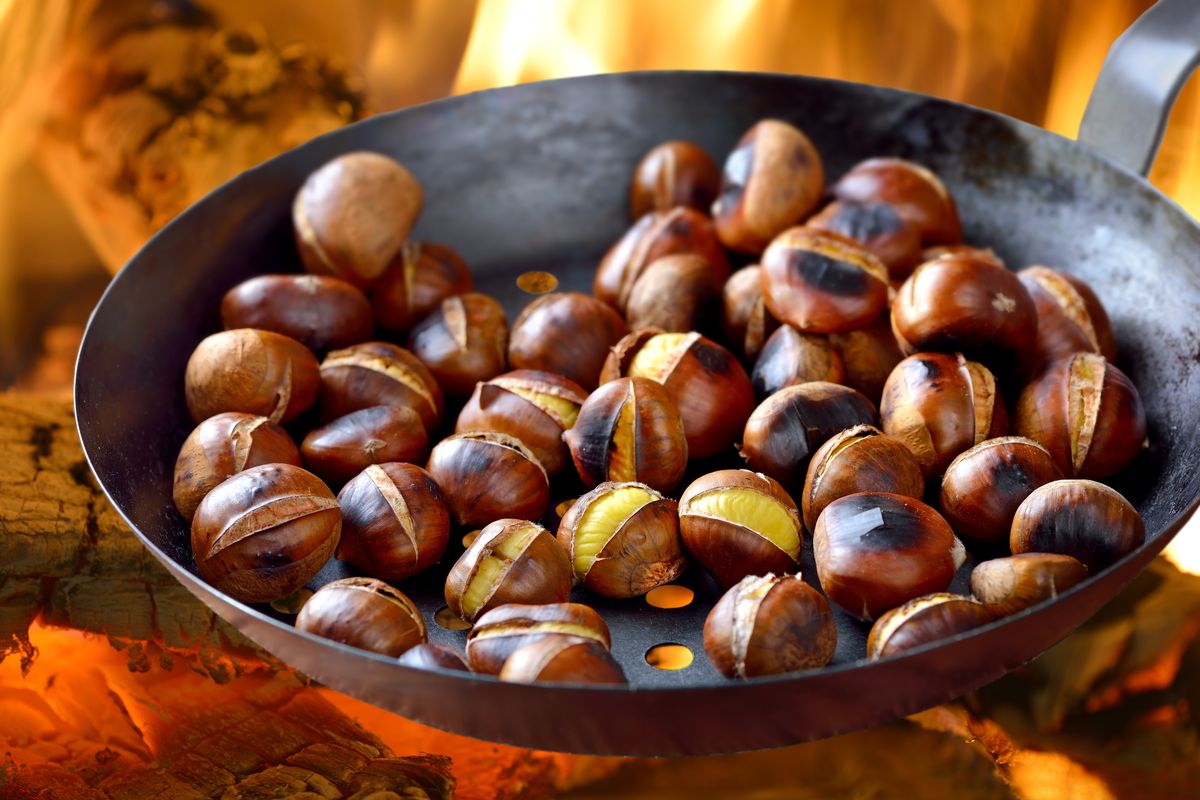
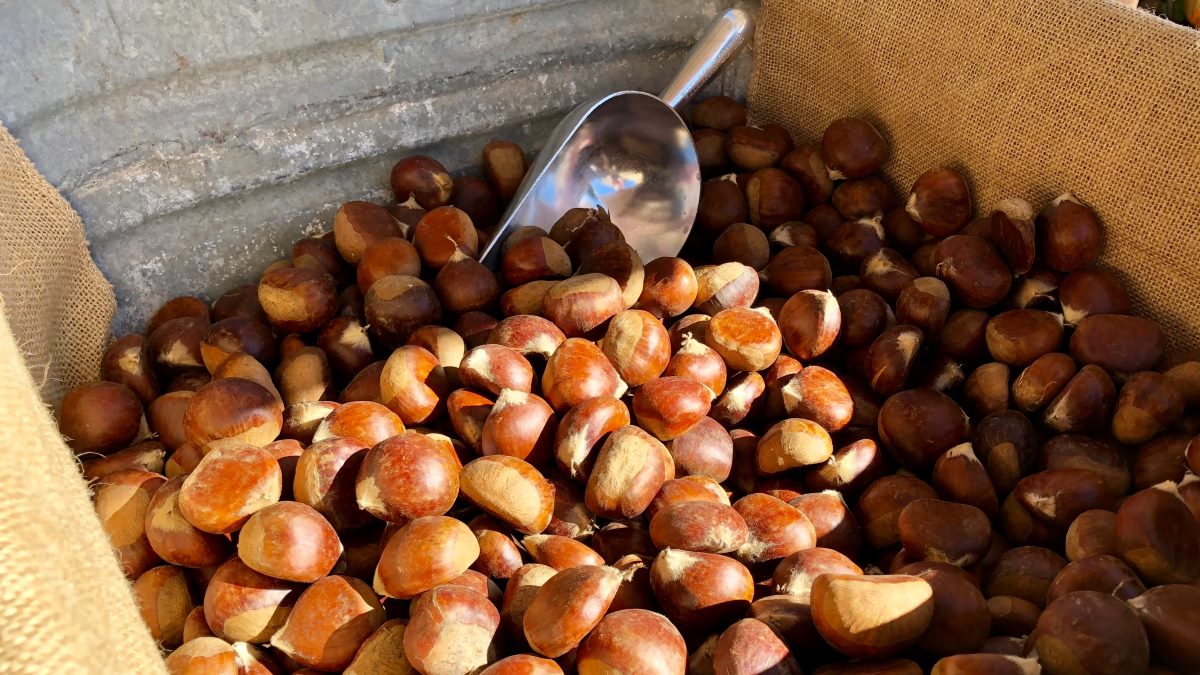
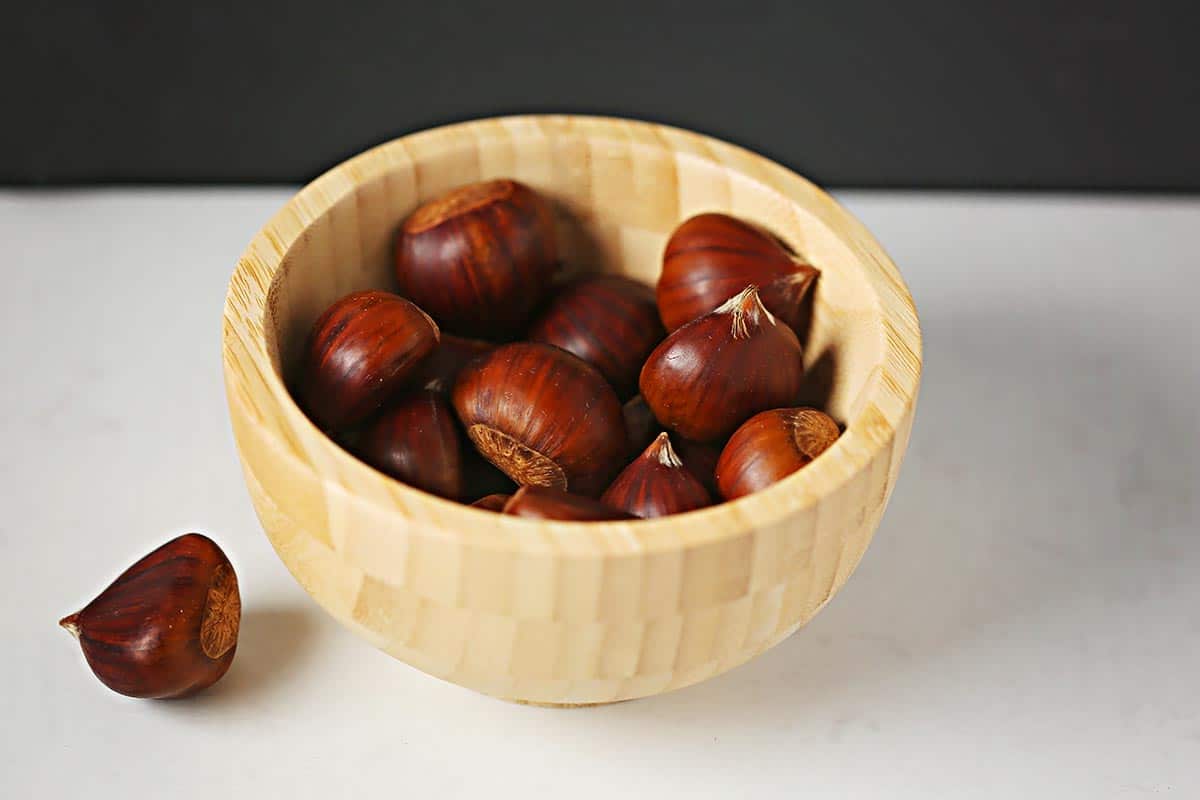
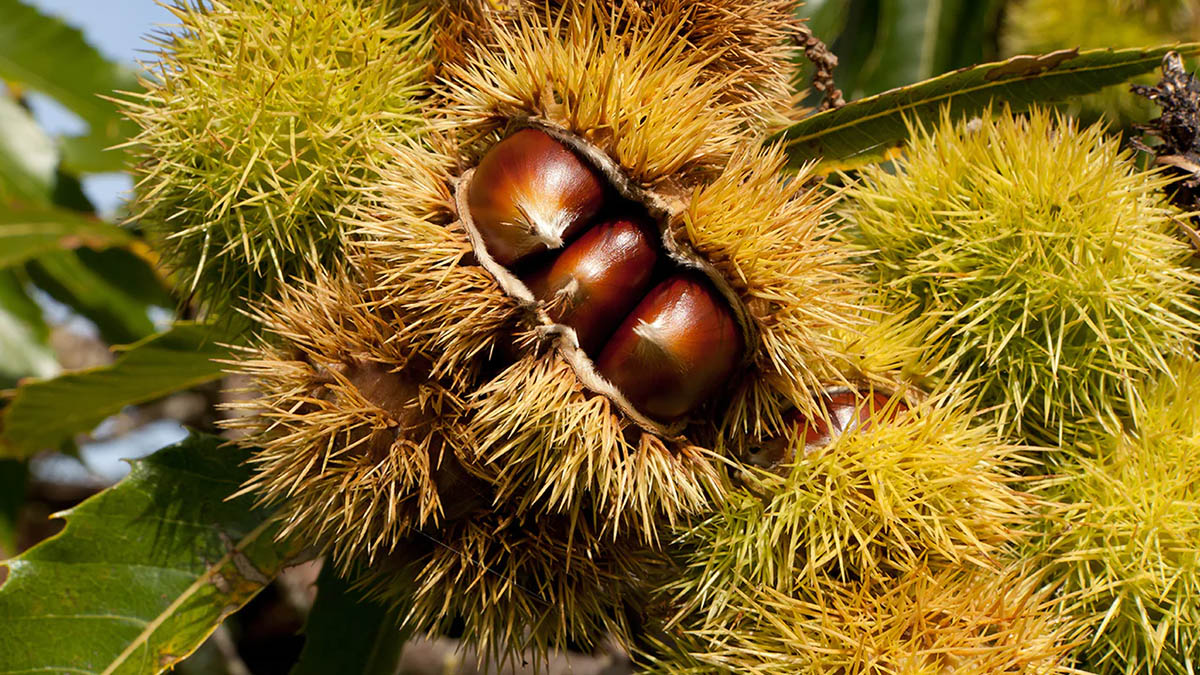
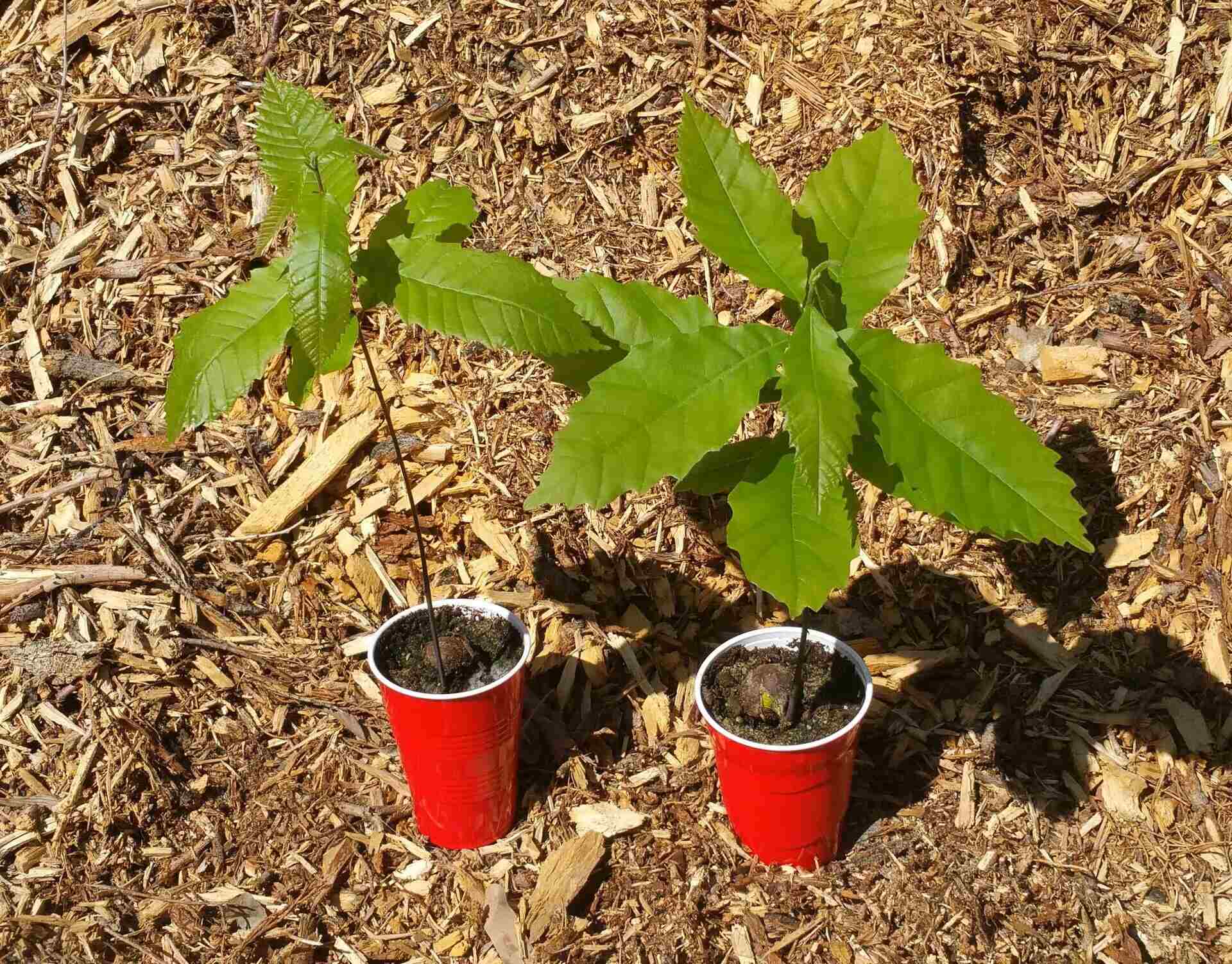
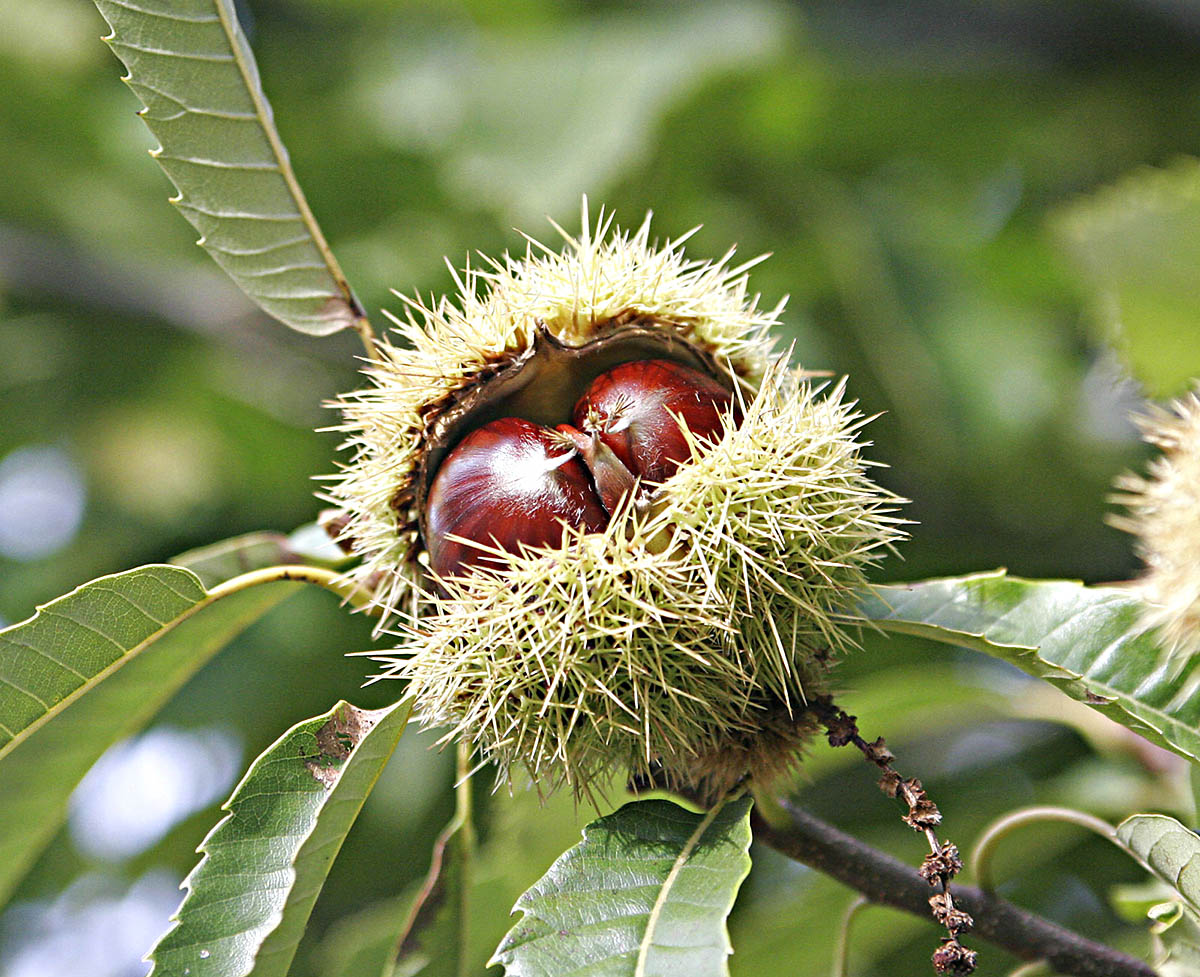
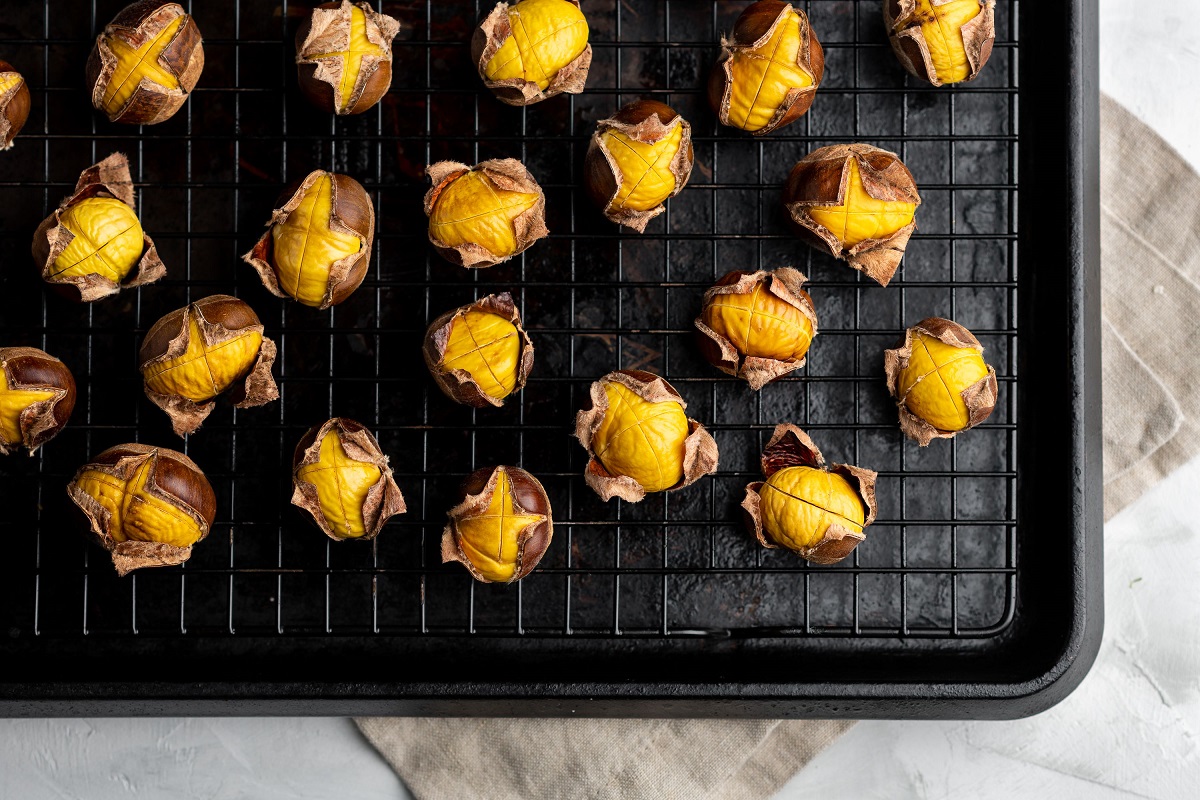
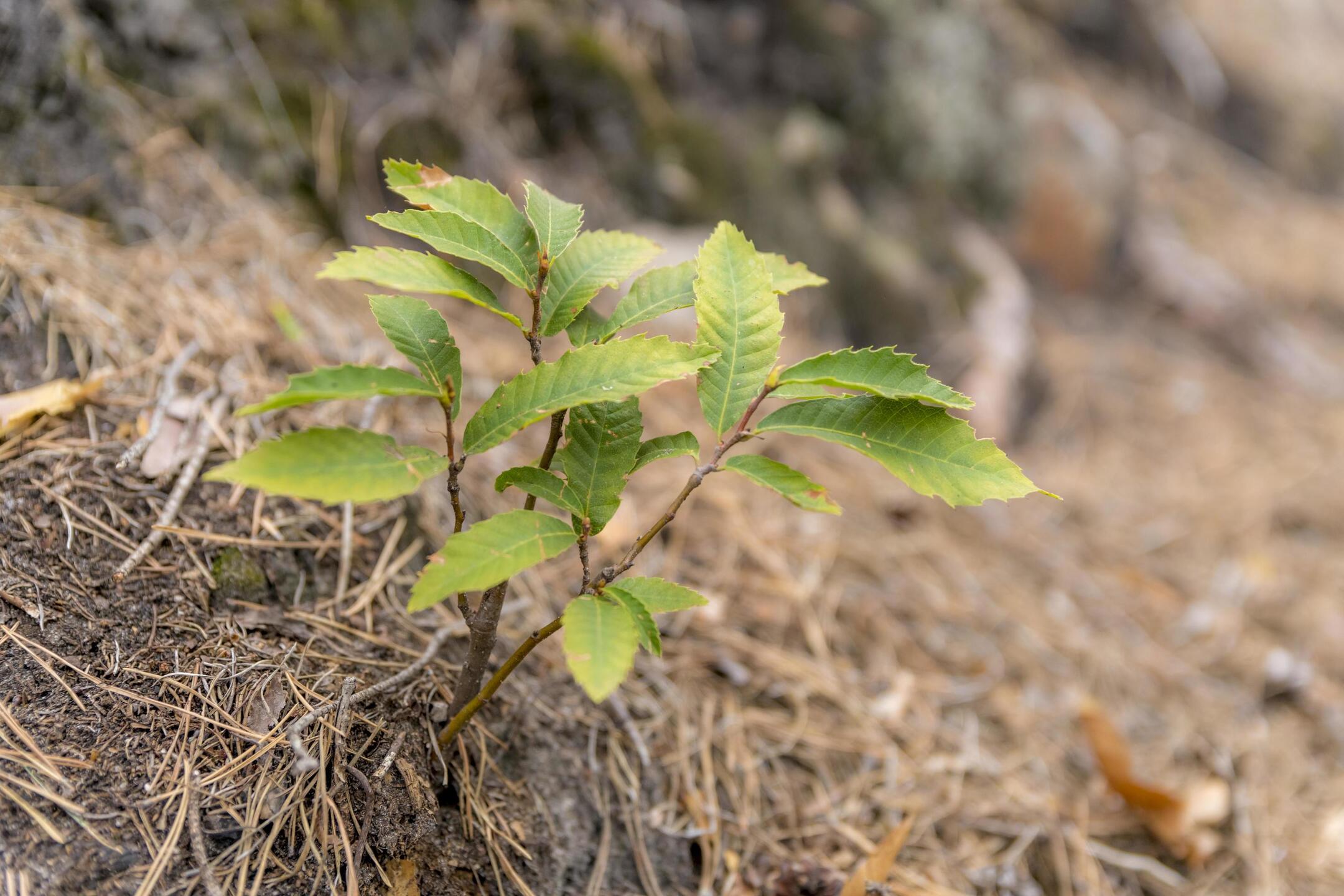
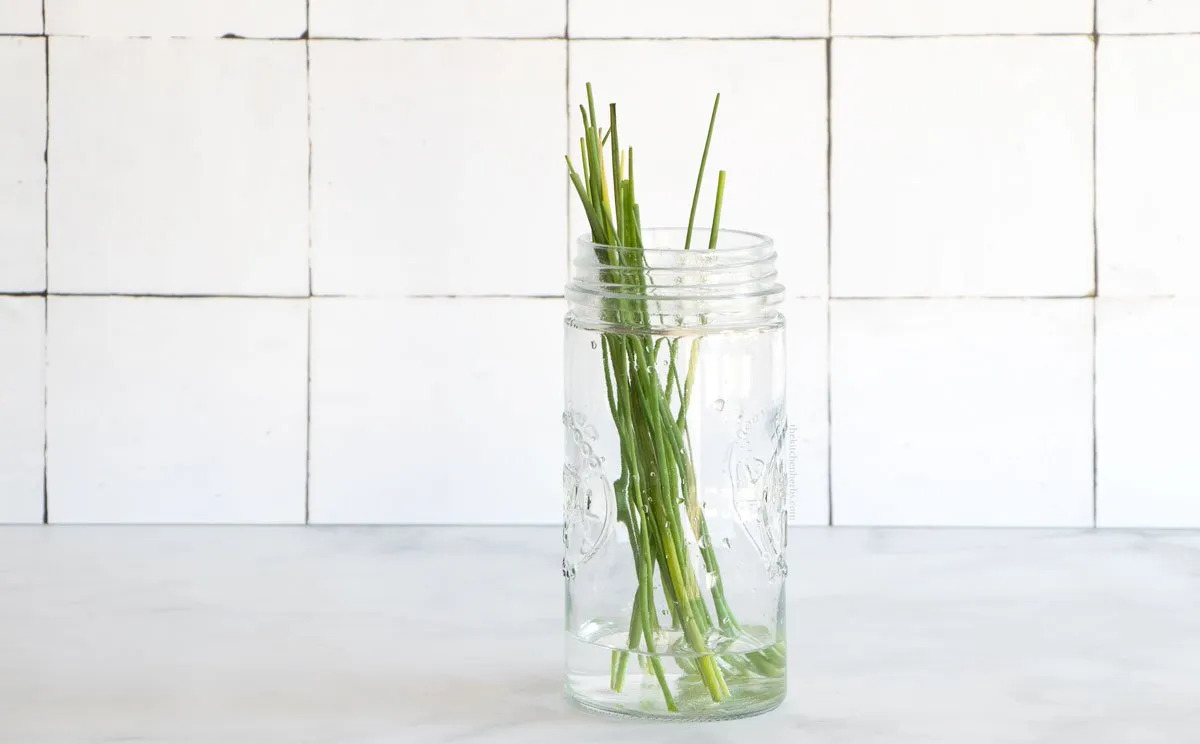
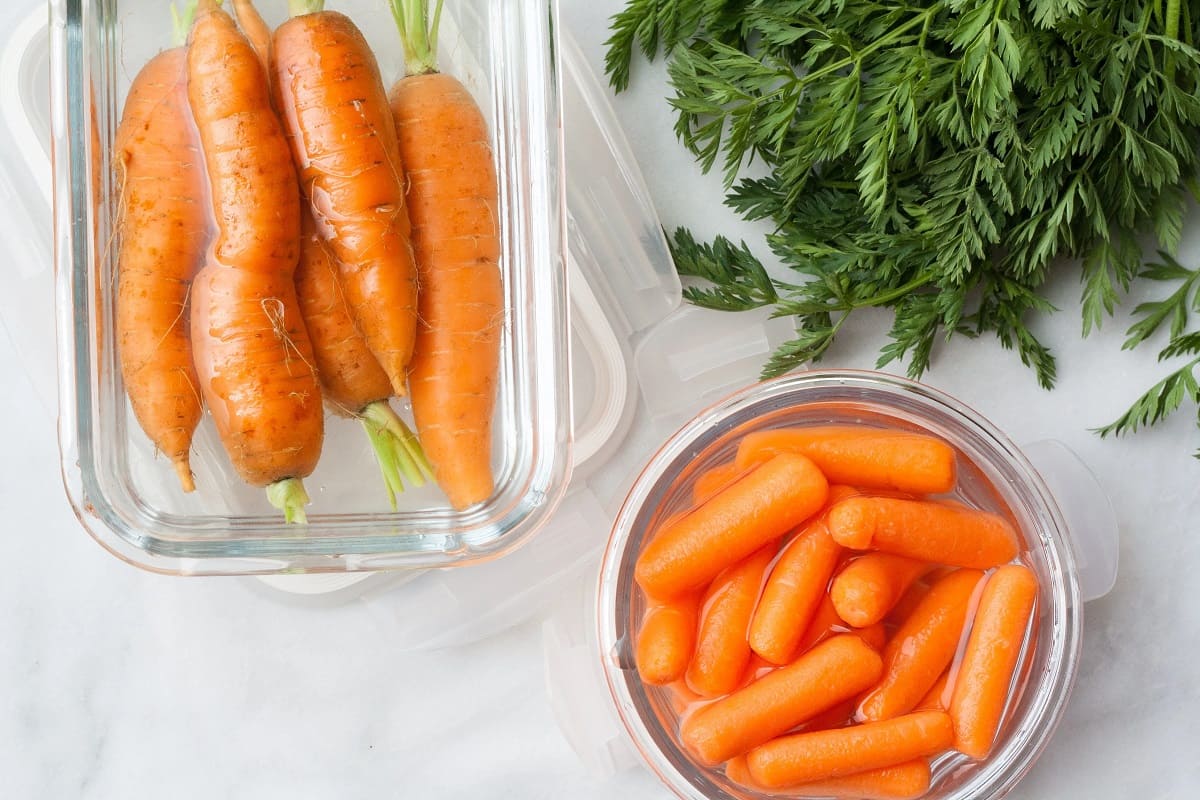
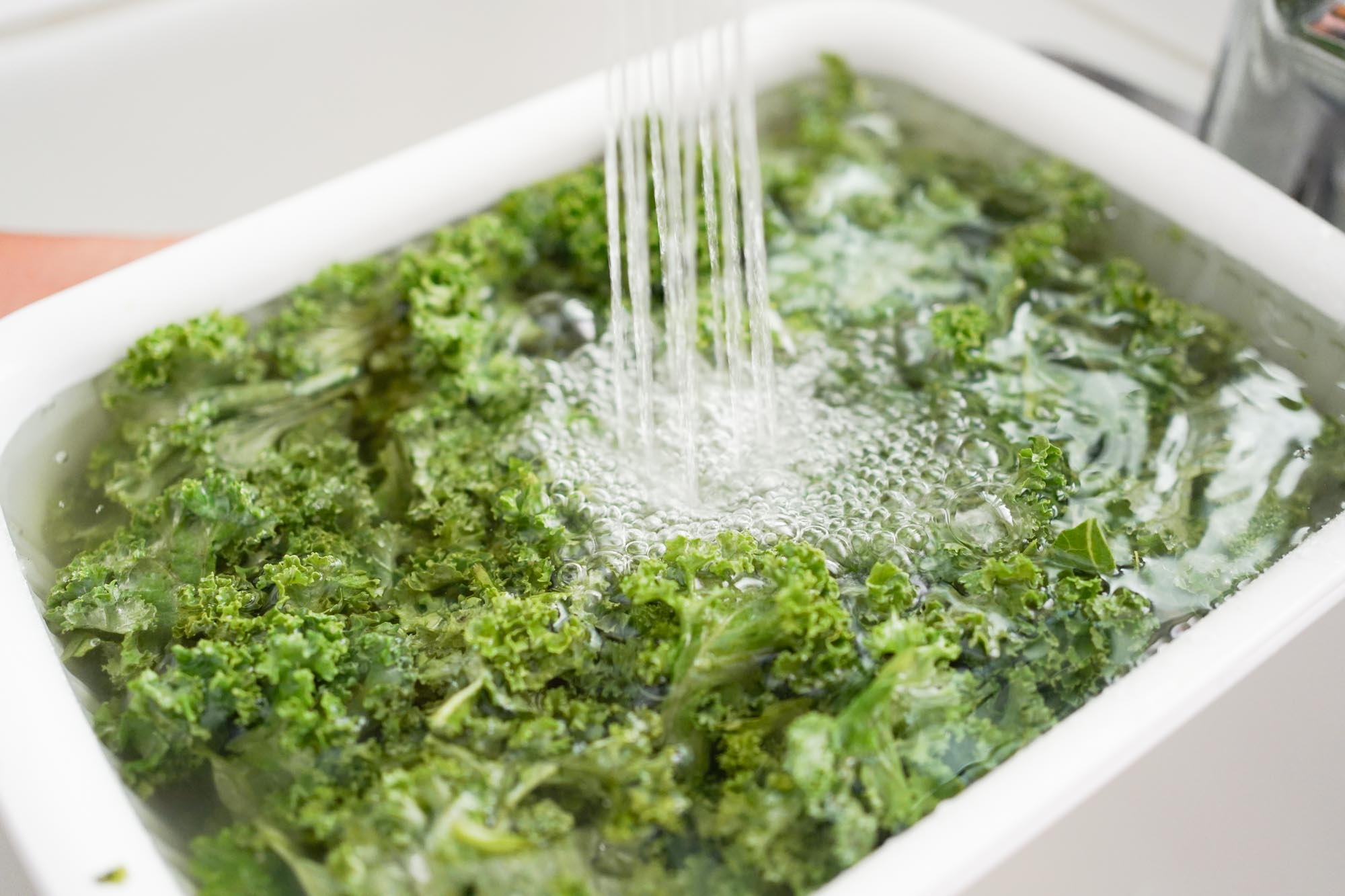
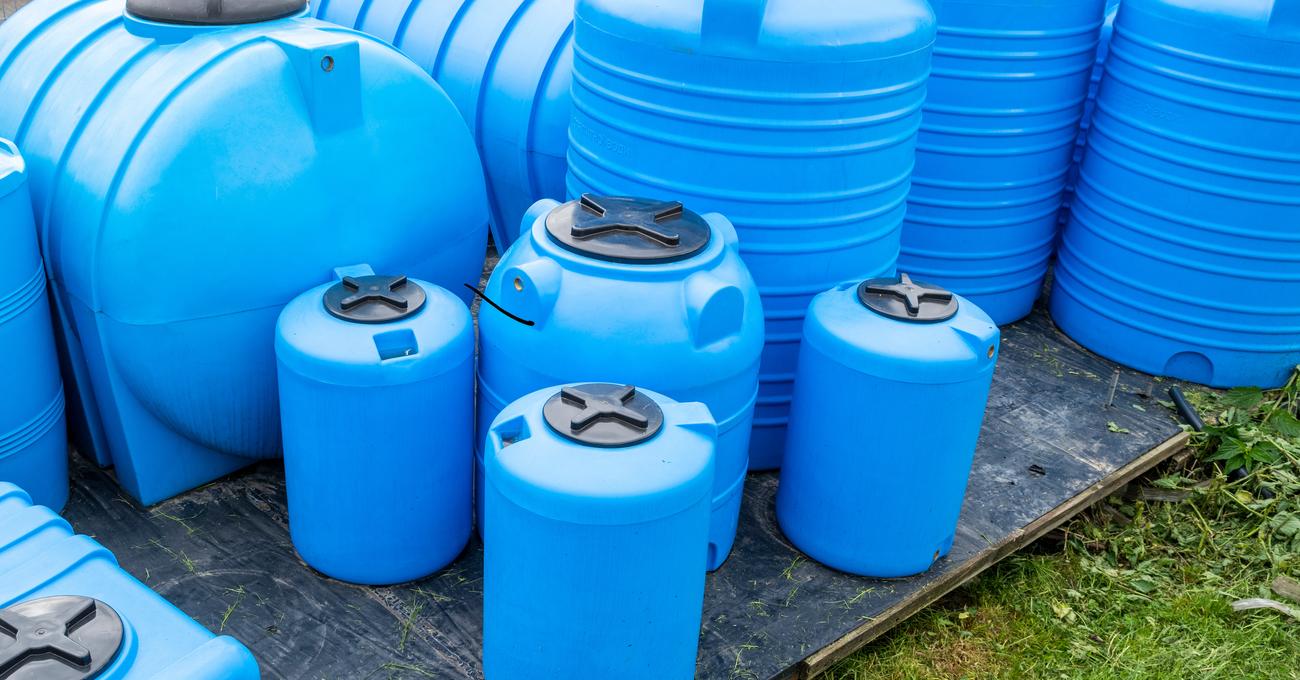


0 thoughts on “How To Store Water Chestnuts”